Easter
3. Maaloula > 3.4. Holidays and Festivals > 3.4.2 Easter in Maaloula
Rimon Wehbi April 06, 2022
Resurrection Sunday, Pascha or the Great Feast as it is called in Maaloula. It is the most important Christian festival. The following is an overview of the periods, traditions and customs of Easter in Maaloula.
3.4.2.1. Easter Periods:
- Shrovetide (Pre-Lenten Season), consists of four Sundays:
- Sunday of the Publican and the Pharisee
- Sunday of the Prodigal Son
- Judgement Sunday (Meatfare Sunday)
- Forgiveness Sunday (Cheesefare Sunday)
Followed by Lent, which consists of five Sundays:
- 1- Sunday of Icons
- Relic Sunday
- Sunday of the Veneration of the Holy Cross (Flowers Sunday)
- Sunday of St. John Climacus
- Sunday of Saint Mary of Egypt
The Lent ends on Lazarus Saturday, which precedes Palm Sunday.
From the eve of Palm Sunday, the Holy Week fast begins, which culminates in Maundy Thursday and Good Friday.
Then comes the Saturday of Light (Holy Saturday), Easter Sunday, Easter Monday, and the following days of Easter time.
And of course, every Saints days and every Sunday are held by a specific family that takes care of it and passes it on from generation to generation.
3.4.2.2. Shrovetide (Pre-Lenten Season):
A week before Meatfare Sunday, the Maaloulian mother begins a complete cleaning of her home to prepare it with cleanliness and pureness for Easter.
And on Meatfare Sunday woman prepares a meat-rich meal for her family. After this day, they will not eat meat for more than a month and a half. And when the following Cheesefare Sunday is over, they will no longer eat dairy products either.
3.4.2.3. Lent:
On Cheesefare Sunday at 12:00 p.m. the Great Lent begins as the fasting person stops eating all animal products such as meat, fish, eggs, dairy, etc. and settles for plant products. He also fasts completely from food and drink every day from twelve o’clock at night to twelve o’clock in the afternoon.
On the first day of Lent, the monks were leaving their monasteries to preach sermons and urge the people to prayer, fasting, charity, abstinence, humility, and taming of soul and body. That’s why it was called Monks Monday, in which the Maaloulian mother cooked “mžaddara (Mujaddara)”, which consists of bulgur and lentils.
The Maaloulian goes to work every morning, and at twelve o’clock the church bell rings to tell people it’s time for breakfast. He takes out haversack and his water for breakfast, and then goes back to work. At 04:00 p.m. he goes to church to take part in the Divine Liturgy.
On the first three Sundays, the icons are venerated, then the relics of the saints kept in churches (or a fragmentary of the cross of Christ), then the cross decorated with flowers. They carry them around and performs three rounds in the church to give blessing to the believers.
3.4.2.4. Palm Sunday and the Holy Week:
At Palm Sunday Mass, children perform three rounds with candles decorated with olive branches and roses, and the very young are carried by their parents or friends. At the end of the liturgy, the priest distributes olive branches to the believers or blessing.
On Maundy Thursday, 12 Gospels are read, and a candle is lit at the end of each Gospel. The youth of the Church would have prepared a Golgotha to symbolically lift Christ up on the cross, ringing the church bells, a mourning ringing (four ringings, then pausing seconds, then four rings, and so on…)
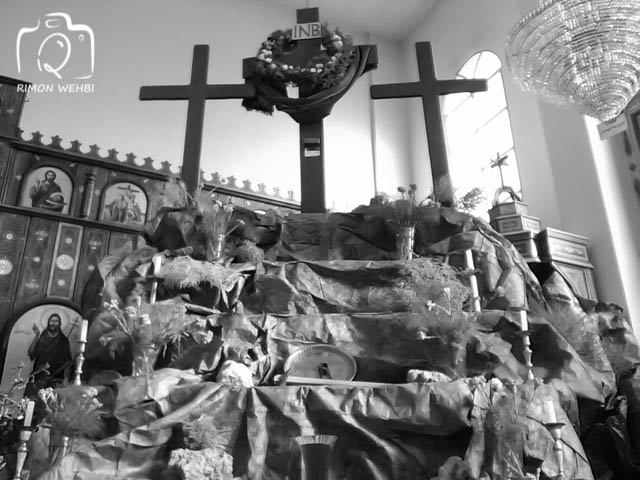
Figure 3.4.2.4.1: Golgotha scene 2008 {© Rimon Wehbi}

Figure 3.4.2.4.2: The Crucified on the top of Maaloula mountain 2009 {© Rimon Wehbi}
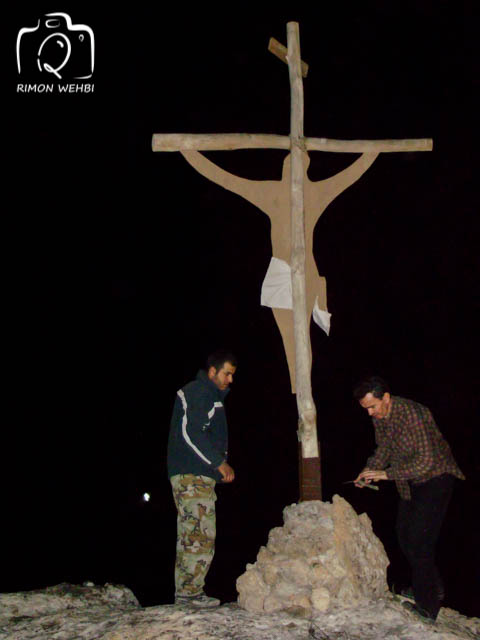
Figure 3.4.2.4.3: Fastening the Crucified to the cross of the mountain top cross 2010 {© Rimon Wehbi}
On Good Friday morning, the Crucified would be taken down during a Mass and a purple cloth would be draped the cross. At noon, and as a symbol of the vinegar and gall that the soldiers offered to Jesus, the Maaloulian mother would cook potatoes with vinegar or lentil lemon soup.
At 06:00 p.m., Good Friday service (a funeral for Jesus) begins, when the youth has prepared some tables with icons and roses on them, and in front of them is the coffin (a wooden box decorated with evergreen spindle on the sides, with laurels and roses in the shape of a dome). About the end of the service four elderly people dressed in the traditional Maaloulian clothing carry the coffin and perform three rounds around the church, and behind them the believers who carry candles in a solemn procession. At the end of the service, branches of evergreen spindle, laurel and roses are distributed to the believers for blessing.
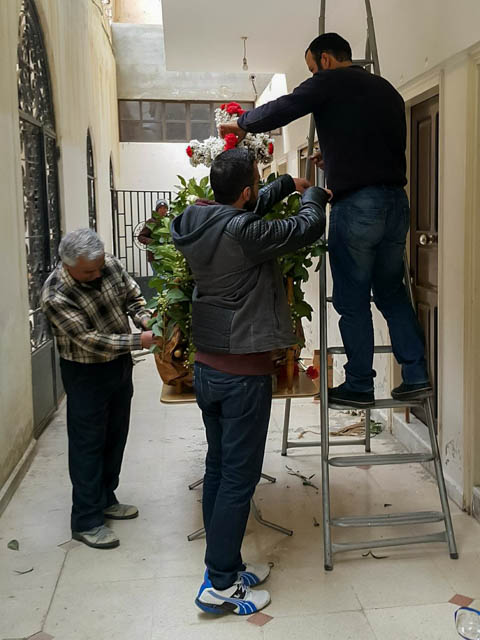
Figure 3.4.2.4.4: Decorating the coffin 2018 {© Edwar Wehbi}
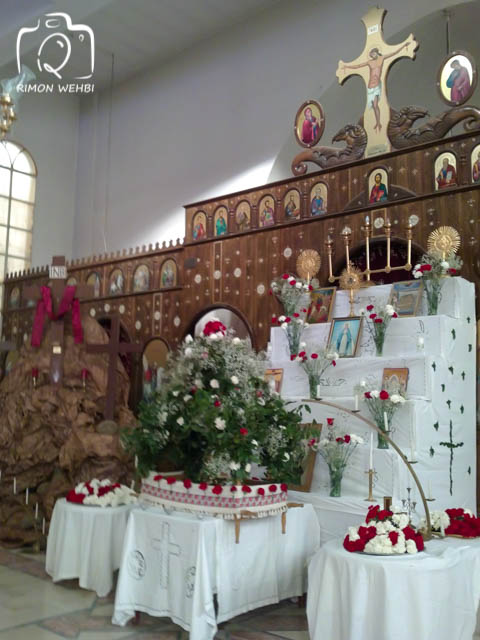
Figure 3.4.2.4.5: Good Friday tables 2011 {© Rimon Wehbi}
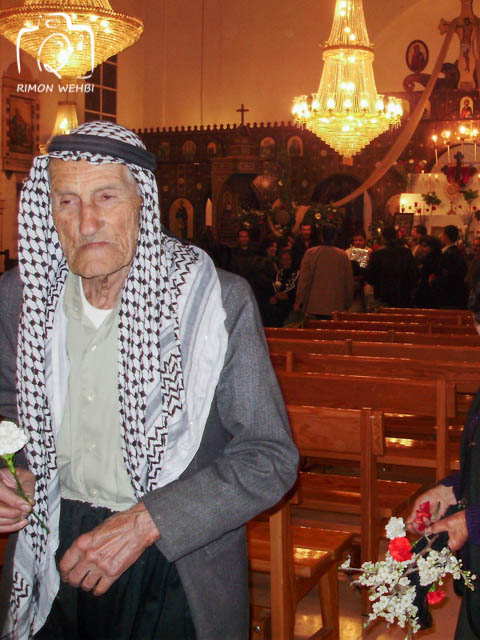
Figure 3.4.2.4.6: Traditional Maaloulian clothing 2009 {© Rimon Wehbi}
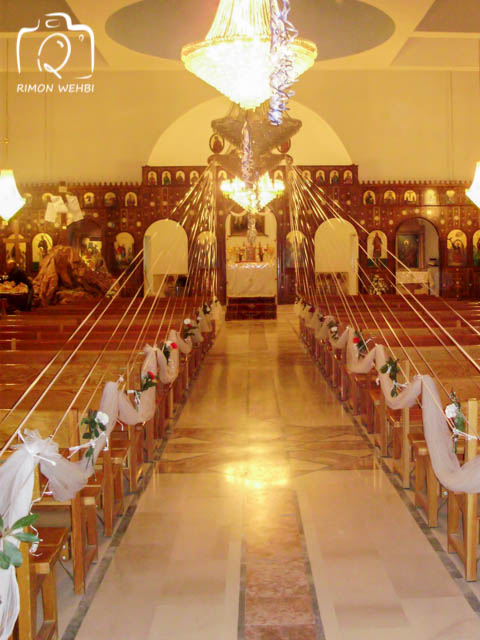
Figure 3.4.2.4.7: Church decoration on Saturday night 2010 {© Rimon Wehbi}
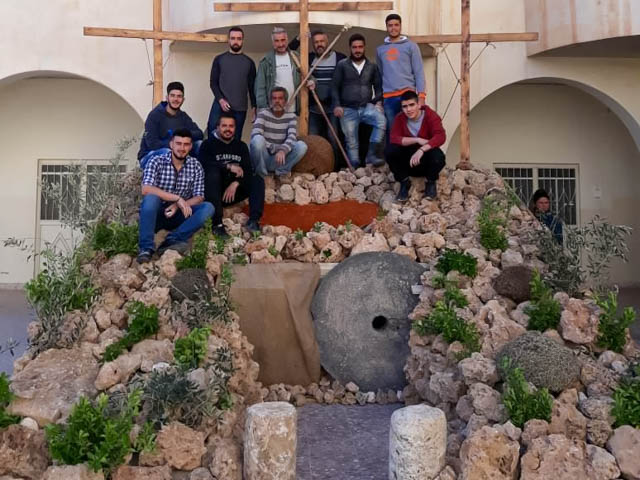
Figure 3.4.2.4.8: Golgotha and the empty tomb scene 2018 {Unknown photographer}
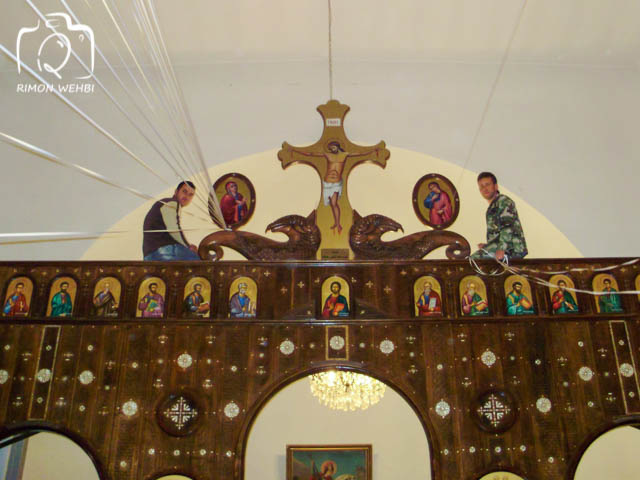
Figure 3.4.2.4.9: Church decorating on Saturday night 2009 {© Rimon Wehbi}
During the Gospel of the Saturday of Light (Holy Saturday), the priest reads three times the angel’s words to the Myrrh-bearers “He is not here; for he has risen, as he said.” Matthew 28: 6. The church bell would be rung three continues sets of four ringing, and the purple cloths is replaced with a white one. Candles are distributed to the believers and then they lit by the priest’s candle, and a candle rounds takes place.
3.4.2.5. Easter Sunday and Easter Monday:
On Easter Sunday from 12:00 p.m. to 04:30 a.m., the youth of Maaloula ring the church bells, joyful ringing (four ringings after another without a break).
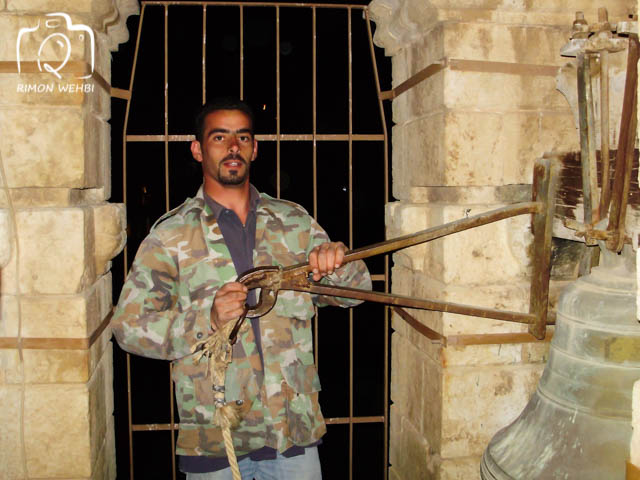
Figure 3.4.2.5: Ringing of the bell of St. Lawandyos (Leontius) Church 2009 (looted in 2013) {© Rimon Wehbi}
At 05:00 a.m. begins the Easter Sunrise Service, where the priest and the believers stand in front of the closed church door. At the end of the service, the priest reads Psalm 24 and knocks on the door, and after the third one the door will be opened to let in the priest and behind him the people, with the sound of bells announcing Christ’s resurrection: “Christ has risen from the dead, and by His death he trampled death. And those in the tombs, He granted them the eternal life.”
Thus, the fast ends in full and the time of Easter, resurrection and joy begins. The Maaloulians go back home to have breakfast, which often consists of eggs, then visit and exchange the Paschal greeting: “Christ is risen!… He is risen indeed!”. The host would offer bitter coffee, and recently also sweets, chocolate, etc.
Easter Monday service is celebrated on Monday at 02:00 p.m., during which the Bible is read in all languages known to the parishioners and the children perform three rounds with candles similar to the Palm Sunday. After the service, previously the Maaloulians would go to the garden of Mar Sarkis with some food and drink, accompanied by singers, to spend their day singing and merrymaking. This celebration later turned into a “dabke” in the squares of the monasteries and recently became a parade for the Scout Musical Band.
The custom of dyeing eggs is an ancient custom as they used natural materials for dyeing. Today, industrial dyes, eggs made of chocolate, decorative eggs and others have become widespread.
3.4.2.6. Easter Wishes and Greetings in Aramaic:
Contribute to spreading the Aramaic language, introducing it, and encouraging speaking it, by sending Aramaic greeting cards, which you can download from Yawna’s Facebook page by clicking here.
Note: The cards are written in Arabic letters to make it easier to read for people of Maaloula, whom I currently give priority to.
3.4.2.7. Dying Eggs with Natural Ingredients:
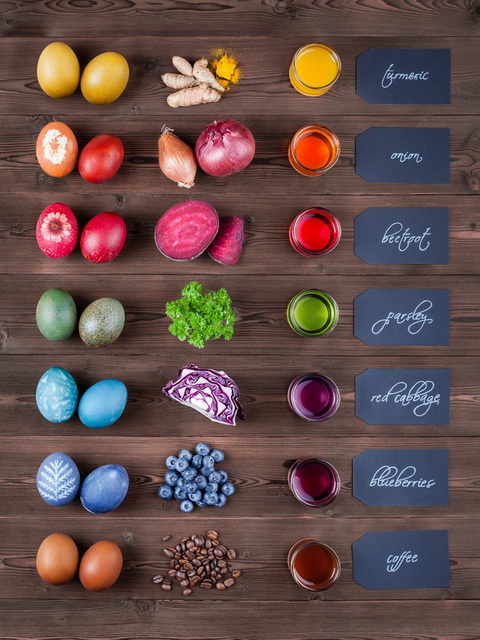
Figure 3.4.2.7: Natural Easter egg dyeing {© rock_the_stock Fotolia}
Children love dyed eggs very much as they are one of the customs of Easter. Of course, we can offer them healthy dyed eggs instead of the ones colored with harmful chemicals or made with chocolate, which can be unhealthy if taken in excess. I have collected for you some ideas on dyeing eggs in healthy and natural colors that are available in everyone House.
To get the following colors you need:
- Pink or red: chopped beetroot, rose water, red apple peel, raspberry juice or red grape juice.
- Orange: shredded or squeezed carrots, ground turmeric with red onion peel or with a little beetroot.
- Yellow or golden: ground turmeric, saffron, ginger, peeled peanuts, or any kind of nuts.
- Brown: black tea, coffee beans or coffee with or without red onion peel.
- Green: spinach gives dark green; parsley, mint, mate or green tea gives light; and purple cabbage on brown eggs gives a green color.
- Blue: blueberries juice or red or purple cabbage on white eggs.
- Different colors: mix several ingredients together.
- You can also use three tea bags that contain any of the above ingredients.
Directions:
- Chop, grind or chop the ingredient into small pieces.
- Fill a pot with water.
- Put one of the above ingredients in the water and let it boil well.
- Let it cool for a while to give a stronger color.
- Add two tablespoons of white vinegar to set the color.
- Add boiled eggs and leave for an hour or more to give a stronger color.
The resulting color varies depending on the color of the egg, whether it is brown or white, and the colors mentioned above are often produced when white eggs are used. The degree of saturation of the color depends on the amount of ingredients used for coloring and the time it takes to acquire the color.
To be more artistic, the following methods can be used:
- Add a tablespoon of olive or cooking oil to the color mixture before putting the eggs to add a marble look.
- Tie or glue different plant shapes or leaves onto the egg before putting it in the water and when the dyeing is finished, it will be removed, leaving a shape with the original egg color underneath.
- After you’ve colored the eggs, you can draw on them with markers or crayons.
Other ideas that can be used:
I wish you and your children happy and blessed holidays.
Rimon Wehbi April 06, 2022
To cite this article:
Wehbi, Rimon. “Easter in Maaloula.” In Yawna. Article published April 06, 2022; retrieved MONTH DAY, YEAR. https://yawna.org/easter-en/.